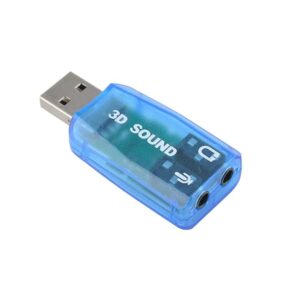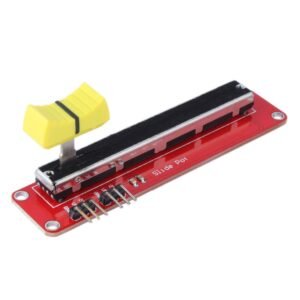Description
OLED’s are the future of displays, as they possess some of the greatest advantages over both conventional display technologies of LCD’s and LED‘s.
The most attractive thing about using the OLED displays is that they do not need a back-light like conventional LCD/LED screens. The organic material itself has a property known as Electroluminescence (EL), which causes the material to “glow” when stimulated by a current or an electric field. Best energy saving displays ever!!!
This 0.96″ OLED Display Module offers 128×64 pixel resolution. They are featuring much less thickness than LCD displays with good brightness and also produce better and true colors.
This OLED Display Module is very compact and will add a great ever user interface experience to your Arduino project. The connection of this display with Arduino is made through the I2C(also called as IIC) serial or SPI interface.
The 0.96″ OLED Display Module produces blue text on black background with very good contrast when supplied with DC 2.8V supply. The OLED Display Modules also offers a very wide viewing angle of about greater than 160°.
Setting up SPI/I2C Connection with GMS096A OLED Module :
Being a new entry into the market, only limited resources are available on this small piece of a miracle (GMS096A). I2C/SPI configuration always demands helpful resources as in any case. For the SPI setup, the module comes in 4 wire SPI configurations by default, and to make it work with the Arduino you can use these libraries from Adafruit.
For the I2C setup, it demands a little bit of work on the module, let us start with resoldering the resistor from position R3 to R1 and then short the R8 resistor with some soldering tin (0 Ohm resistor). The R6 and R7 pullup resistors are already soldered, with nothing to do there. Once done, the module is ready for I2C communication! The CS Pin is not necessarily needed, so just connect it to GND. The DC Pin selects the address. For standard address wire it to GND. The RES-pin needs a low pulse at startup and a high voltage during operation (as in SPI mode), a 100nF capacitor to GND and a 10k resistor to VCC would be ideal!
Features :
- No need of the backlight
- The display is self-illuminating
- Power requirement is low
- They are offering the large viewing angle
- Full Compatible with Arduino
- Factory configured for SPI protocol (can easily change to IIC)
- Better performance characteristics than traditional LCD and LED displays.
- Only Need 2 I/O Port Control
Package Includes :
1 x 0.96″ OLED Display Module – SPI/I2C – 128×64 – 7 Pin (Blue)









Reviews
There are no reviews yet.